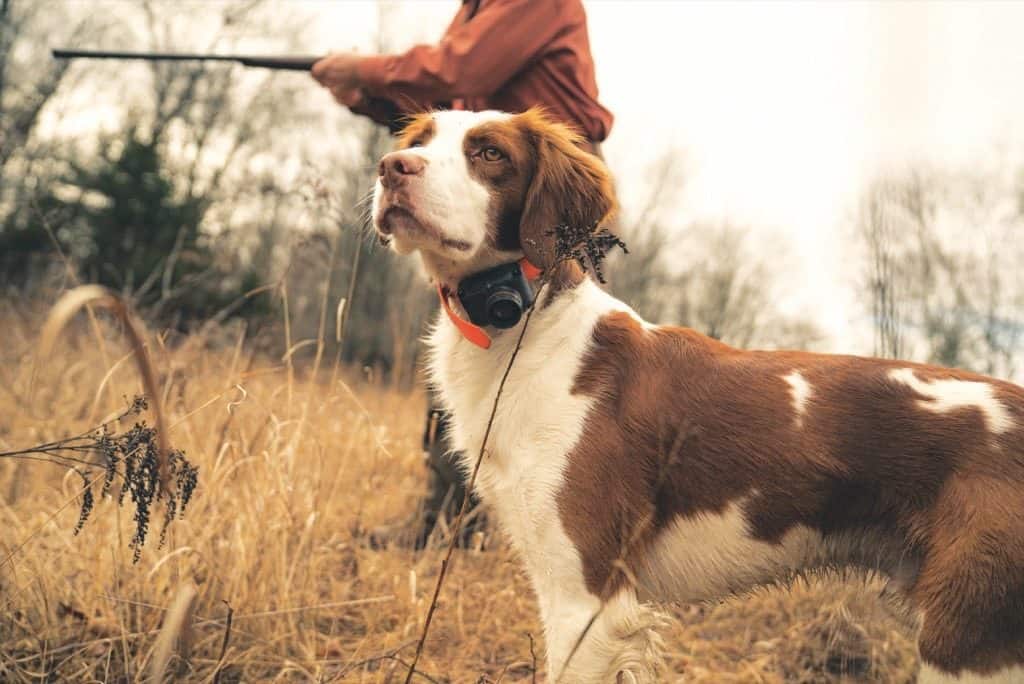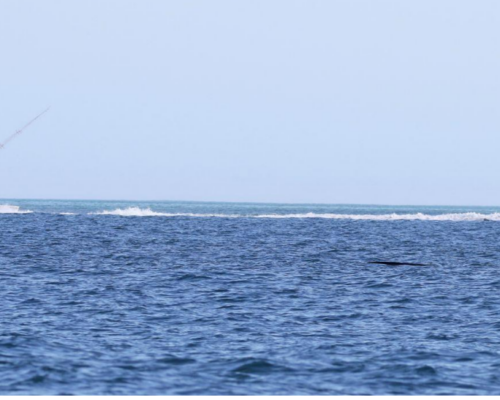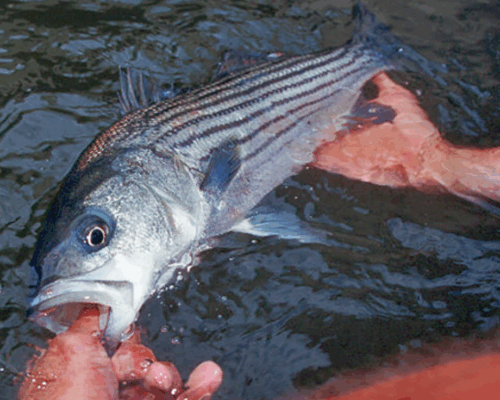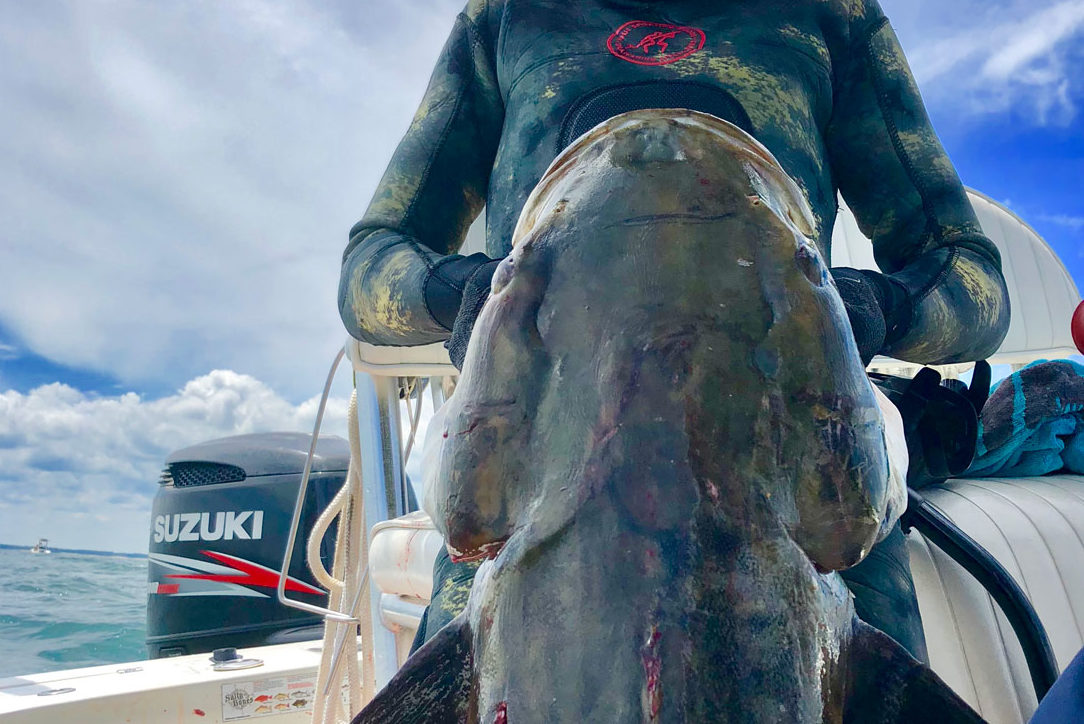Upland bird hunting remains auspicious as game habitat improves.
If it’s an epic Canada goose toll you seek, look no further than Maryland’s Eastern Shore. Dove and turkey hunting can be outstanding in Virginia, and of course, both states offer world-class striper and red drum fishing. One of the great things about the Chesapeake Bay is there is no shortage of places to drop a line all the way down off a pier, from shore, from a bridge, or a skiff, dingy, paddleboard, canoe, or kayak. Who knows how many personal-best fish, and probably a few state records, have been set by folks plunking down bloodworms to while away the hours?
Quail & Pheasant Seasons
Virginia
Wild Birds: Nov. 9 – Jan. 31
Hunting Preserves: Sep. 1 – Apr. 30
Maryland
Quail: DNR Managed: Nov. 2 – Dec. 14
Private land east of I-83: Nov. 2 – Feb. 15
Private land west of I-83: Nov. 2 –Jan. 15
Pheasant: Nov. 2 – Feb. 29
Upland game bird hunting? Ummm, not so much. Especially if your gold standard is wild quail and pheasant hunting in upland-hunting meccas such as Minnesota, Iowa, and Nebraska.
Many moons ago, I accompanied a friend on my first upland bird hunt, a pheasant experience on a Maryland Eastern Shore preserve. I didn’t have a clue what I was doing or what to expect. The details of that outing have long since faded, but I do remember being riveted by the bird dog—a Brittany spaniel, I think. She had a resplendent white coat, speckled with splotches of orange. I also remember missing birds, a lot of them, which is probably why I’ve blocked out that experience except for the working canine.
She would charge determinedly from thicket to thicket, inhaling, loading, and looking for birds. “Get birdy, Candie, git birdy” shouted her handler in his thick Eastern Shore drawl. “Come on, girl find ’em.” I cannot swear the dog’s name was actually Candie, or if it was spelled with an “ie” rather than a “y.” But I do know she was incredibly passionate about her work, and that alone made the afternoon enjoyable.
Another time, at a friend’s suggestion, we hunted woodcock at the Green Hill Complex that is part of the Maryland Department of Natural Resources Chesapeake Forest Lands Hunting Program. We walked along a second-growth pine forest, scouting around the dense cover butting up to an open, nearly worn-out field. As we crept along, I whispered, “I think I heard one whistling off to our left; what do they sound like?” He looked at me like I sprouted a third eyeball. Apparently, woodcock are silent most of the time.
Habitat Challenges
Upland Bird Hunting Options
It’s been a heavy lift to restore wild quail and pheasant populations.
Hunting released birds at private preserves remains your best bet. Consider these options:
Maryland
Hopkins Game Farm
Kennedyville, Md.
(410) 348-5287
Schrader’s Outdoors
Native Shore
(410) 758-1824
Wye Mills, Md.
(410) 758-2428
Virginia
Orapax Hunting Preserve
Goochland, Va.
(804) 556-2261
orapax.com
Hunts Game Preserve
Jarratt, Va.
huntsgamepreserve.com
Falkland Farms
Scottsburg, Va.
(434) 575-1400
falklandfarms.com
As in real estate, exceptional upland bird hunting, particularly for quail and pheasant, boils down to location, location, location—specifically, quality habitat. In the Chesapeake region, sadly, prime upland bird land is in short supply. As you’d expect, the most challenging aspect for someone new to upland hunting is finding such places. Public hunting lands that hold enough quail and pheasant are rare, particularly in Maryland. The culprits at the root of the habitat loss are familiar: clearing hedgerows for development, industrial agriculture, and the loss of native grasses and insects. Add an increase in predators, and it’s a hard row for wild quail and pheasants.
Bob Long supervises the Upland Game Bird Project (turkey, grouse, quail, and pheasant) for Maryland’s Wildlife and Heritage Service, part of the Department of Natural Resources. He says that some small, isolated wild bobwhite quail populations still exist in the southern and central parts of the state, but populations have declined by more than 95 percent in the past 50 years, mirroring similar declines throughout the birds’ range across the U.S.
“Those wild quail that remain are found on the Eastern Shore,” Long says. “Even there, it is difficult to find locations where they’d be considered thriving. The only exceptions are where intensive, large-scale habitat management is taking place.”
Long adds that wild, ring-necked pheasants are even less common than quail, and huntable populations have not existed in several decades.
In 2018, Maryland’s DNR introduced a pilot program to allow for pheasant hunting on stocked public lands. The agency expanded it in 2019, though it’s limited to first-time hunters. (Contact Nancy Doran, nancy.doran@maryland.gov, for more information).
There are other upland bird options, chiefly ruffed grouse and woodcock. In western Maryland, popular public lands for grouse include the Savage River State Forest, Mt. Nebo Wildlife Management Area (WMA), and Green Ridge State Forest.
“Early in the season, woodcock can be found in moist woodlands with abundant shrub cover in the western part of the state,” Long says. “Mount Nebo [Garrett County] is a prime location.” He adds that when conditions allow, woodcock winter on the Eastern Shore, which makes hunting good at public lands such as Millington WMA, Pocomoke State Forest, and E.A. Vaughn WMA from November through January.
In Virginia the picture is rosier, at least for quail, says Corey Lett, president of the Southside Virginia chapter of Quail Forever.
“I always work to get hunters excited about the sport and tradition. We stay positive and get kids involved with learning the sport and habitat,” he says. “I always tell people, please do not give up on the quail. They’re making a comeback, but we have to help with habitat, limiting the number killed when we find a covey, marking where you see a covey, and keeping an eye out.”
Upland bird hunting is steeped in tradition, and those who do it regularly say there’s no prettier sight than a working bird dog quivering with excitement over a covey of wild birds. Any well-rounded Chesapeake outdoors person would do well to give upland bird hunting a try, if only to capture that memory.




